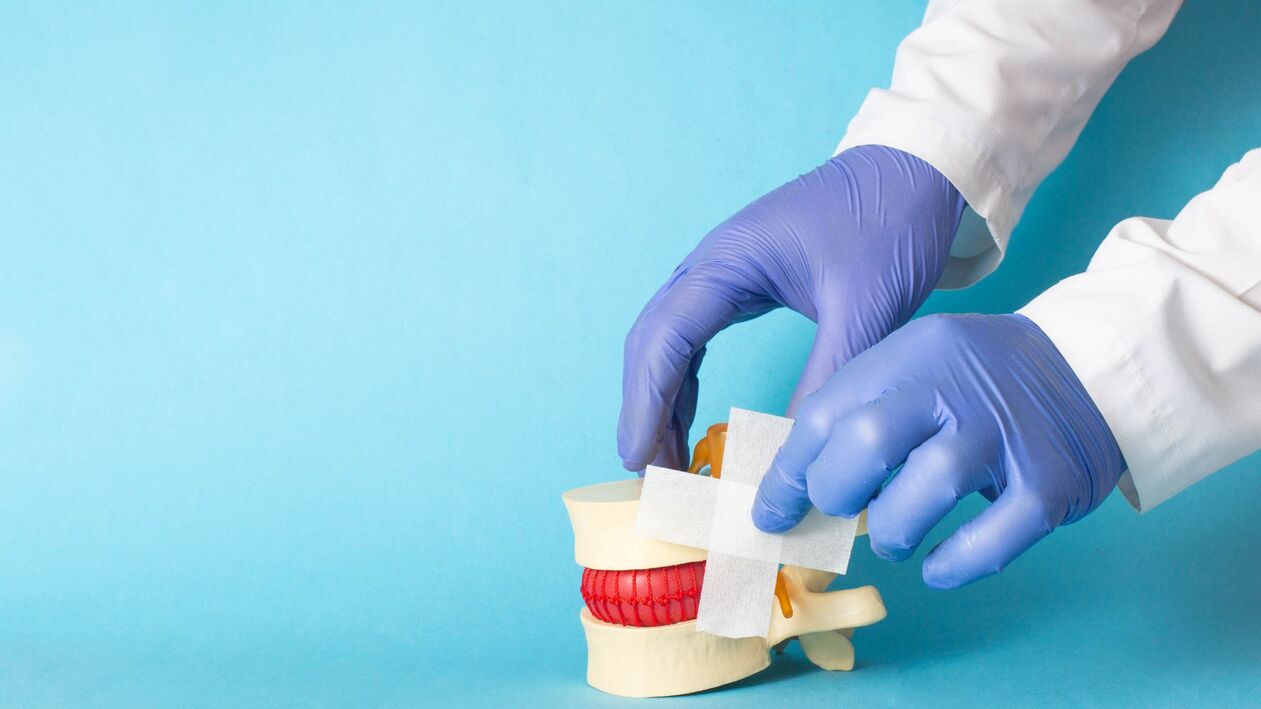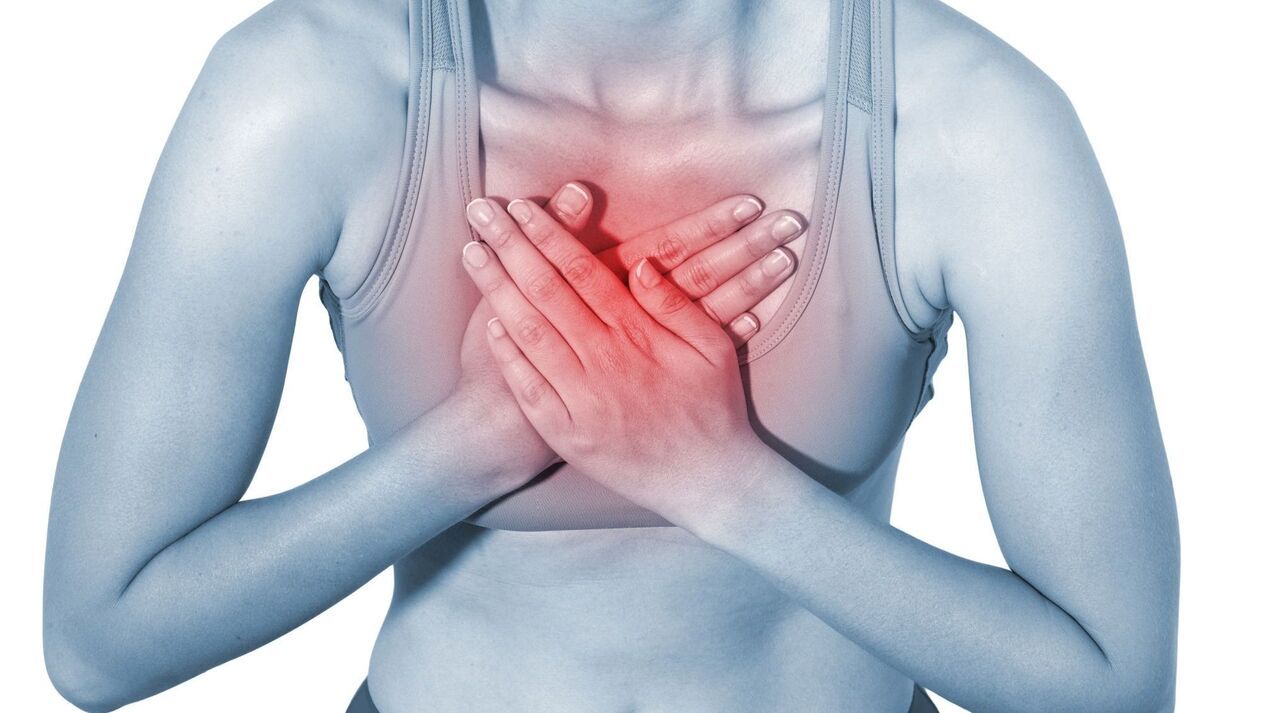- The first stage is the period of initial changes in the annulus fibrosus of the intervertebral disc, which are often ignored by patients;
- The second stage corresponds to the development of instability in the affected spinal segment and a decrease in disc height;
- The third stage is characterized by the presence of hernia or osteochondral growth - osteophytes; the annulus fibrosus is almost destroyed in this stage;
- Stage IV is characterized by irreversible damage to all structures providing intervertebral joints, disc fibrosis, and loss of mobility of the affected segments.

Causes of Osteochondrosis of the Chest
- smokes;
- Surgical intervention in the spine;
- Injury to this part of the spine;
- Curvature of the spine (scoliosis);
- Weakness of back muscles;
- Being overweight;
- Increase the load on the spine.
Symptoms of chest osteochondrosis

Diagnosis of thoracic osteochondrosis
- Understand your medical history;
- Do you have a close relative with spinal disease?
- How long ago did symptoms begin and how intense they are;
- What are the accompanying diseases?
Instrument diagnostics
- X-ray (myelogram) - provides information about bone structure, presence of osteophytes, condition of facet joints;
- CT (computed tomography) allows you to examine everything in detail and, if necessary, take measurements; it has advantages over MRI in diagnosing pathologies of bone structures;
- MRI (magnetic resonance imaging) allows you to evaluate the condition of soft tissues, diagnose inflammatory processes, tumors, spinal hernias, identify pathological changes in cartilage, bones, ligaments, blood vessels and determine the degree of spinal stenosis. Vascular pathology and tissue circulation disorders of the thoracic spine can be detected using MRI.
- Angina pectoris;
- myocardial infarction;
- aortic aneurysm,
- cholecystitis,
- stomach ulcer;
- pneumonia;
- Tumor diseases, etc.
Treatment of thoracic osteochondrosis

- Ultrasound therapy;
- drug electrophoresis;
- Laser treatment of the spinal area;
- transcutaneous neuromuscular electrical stimulation;
- exposure to magnetic fields;
- Electric pulse therapy.
























